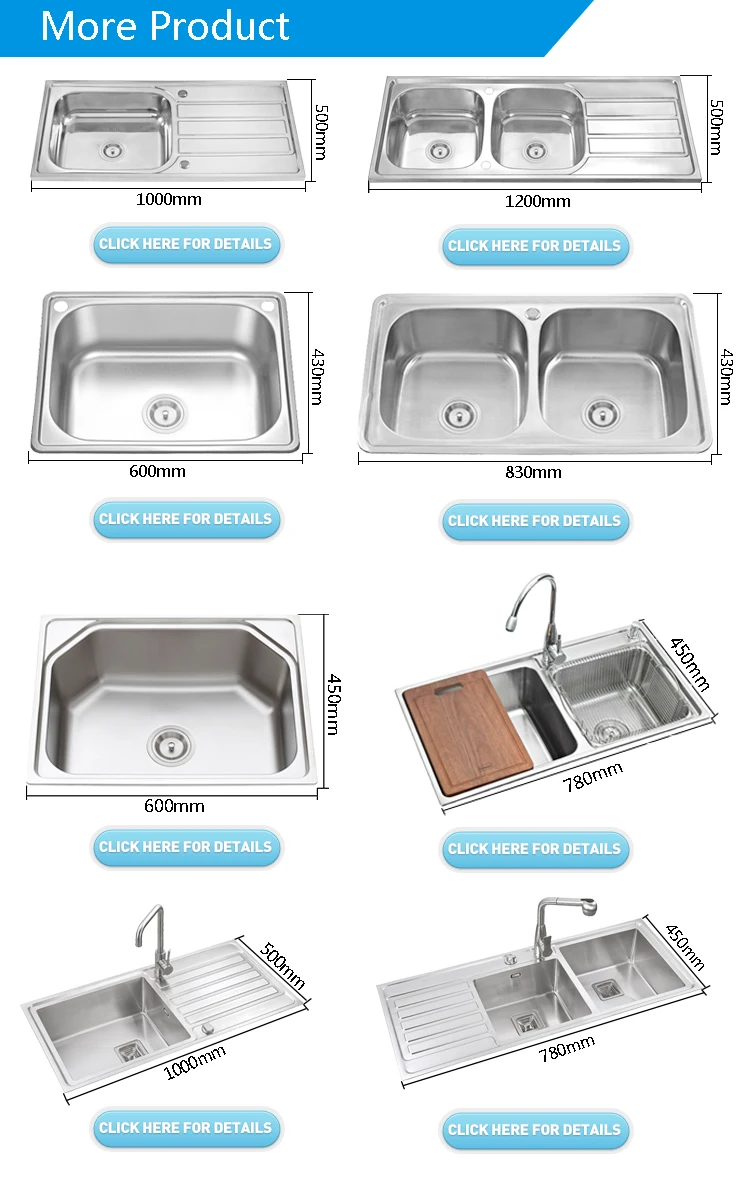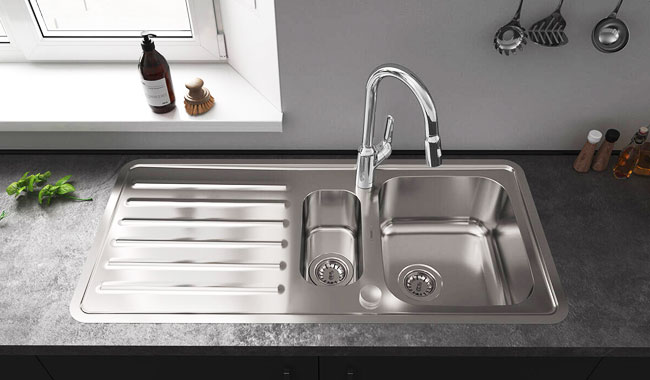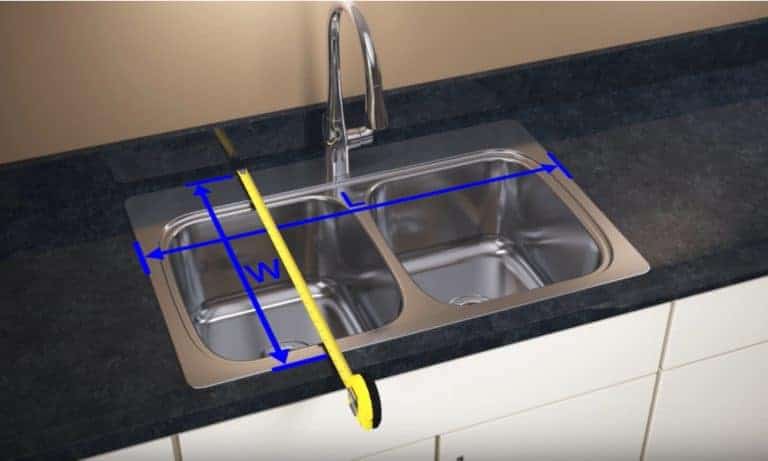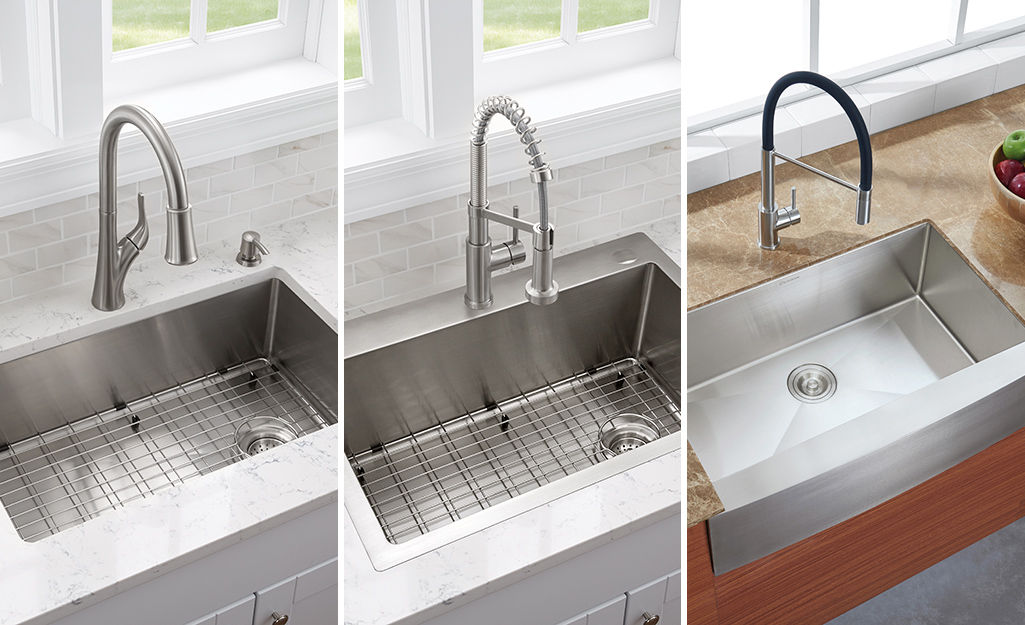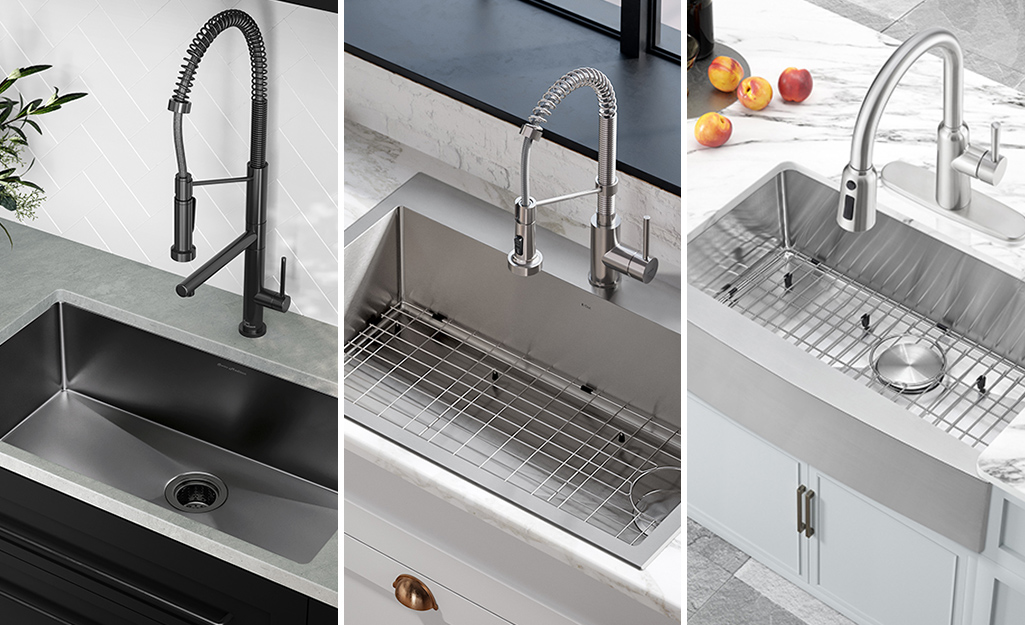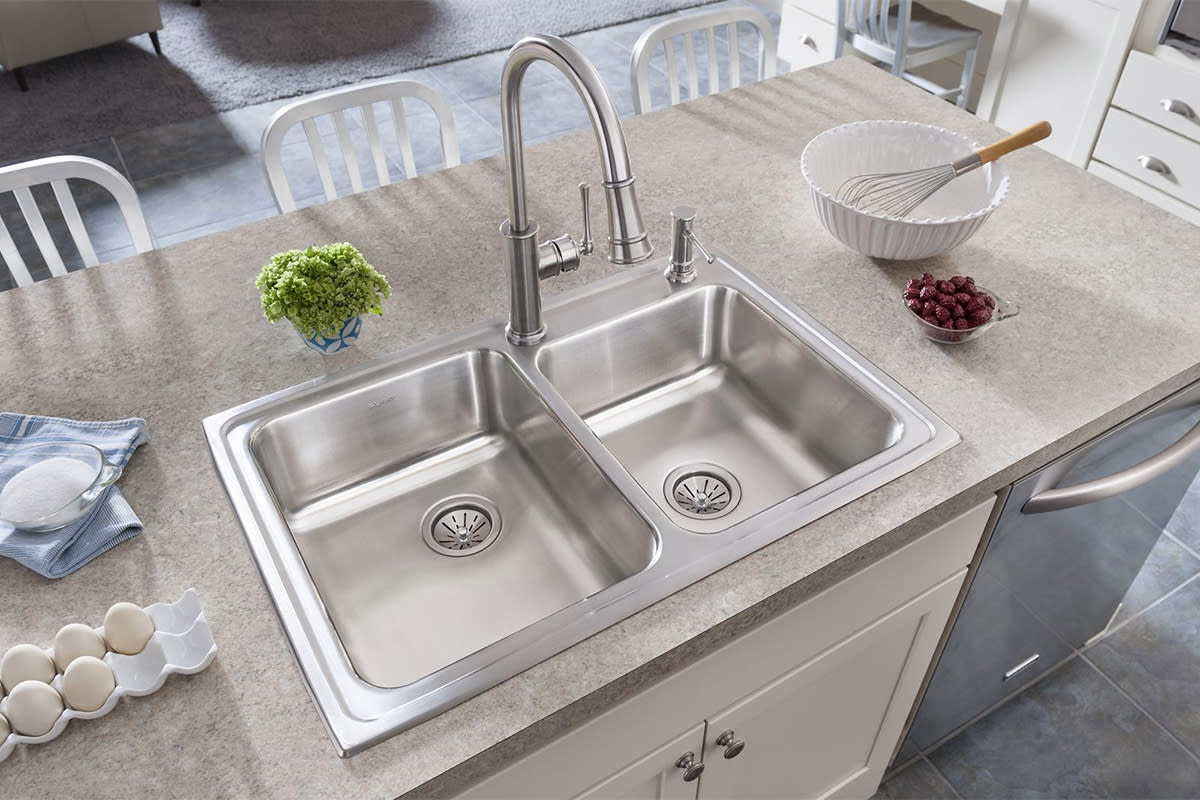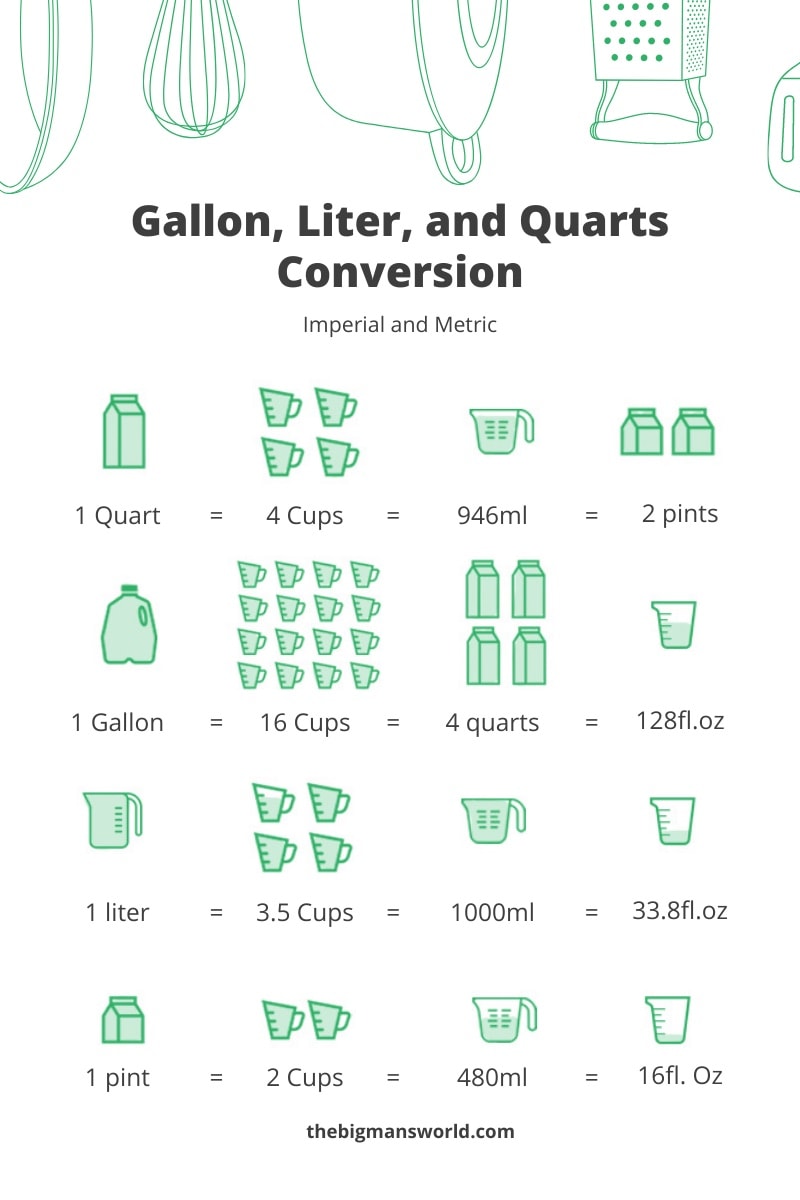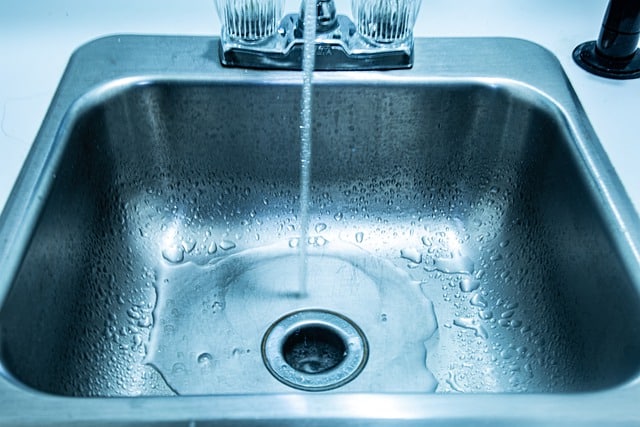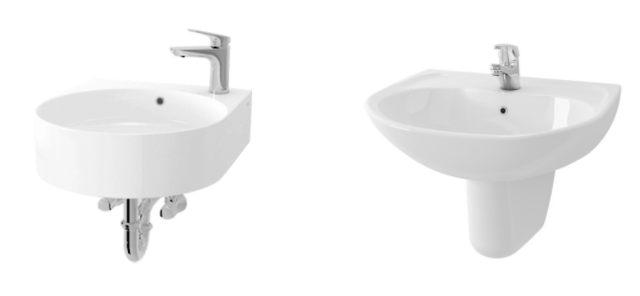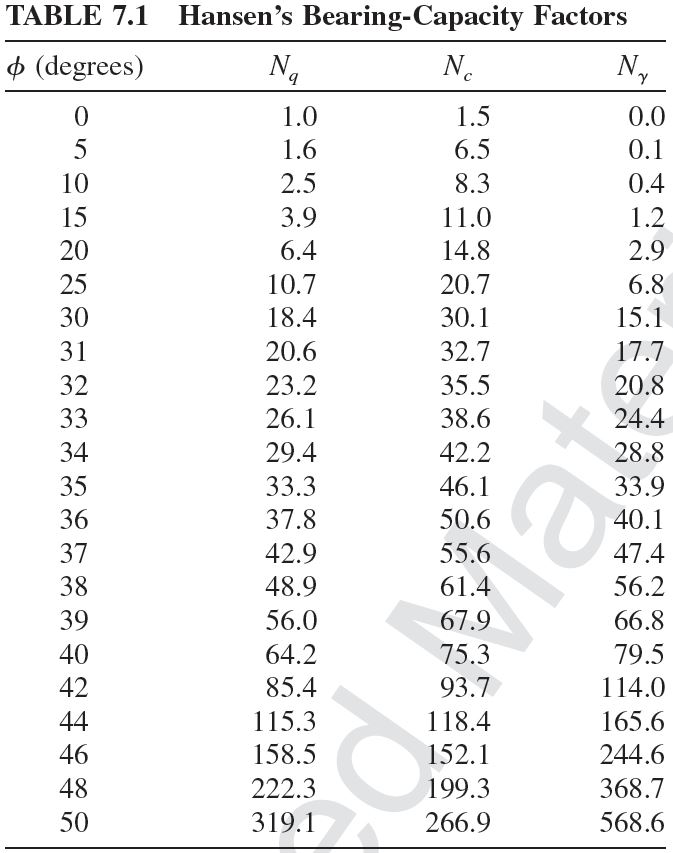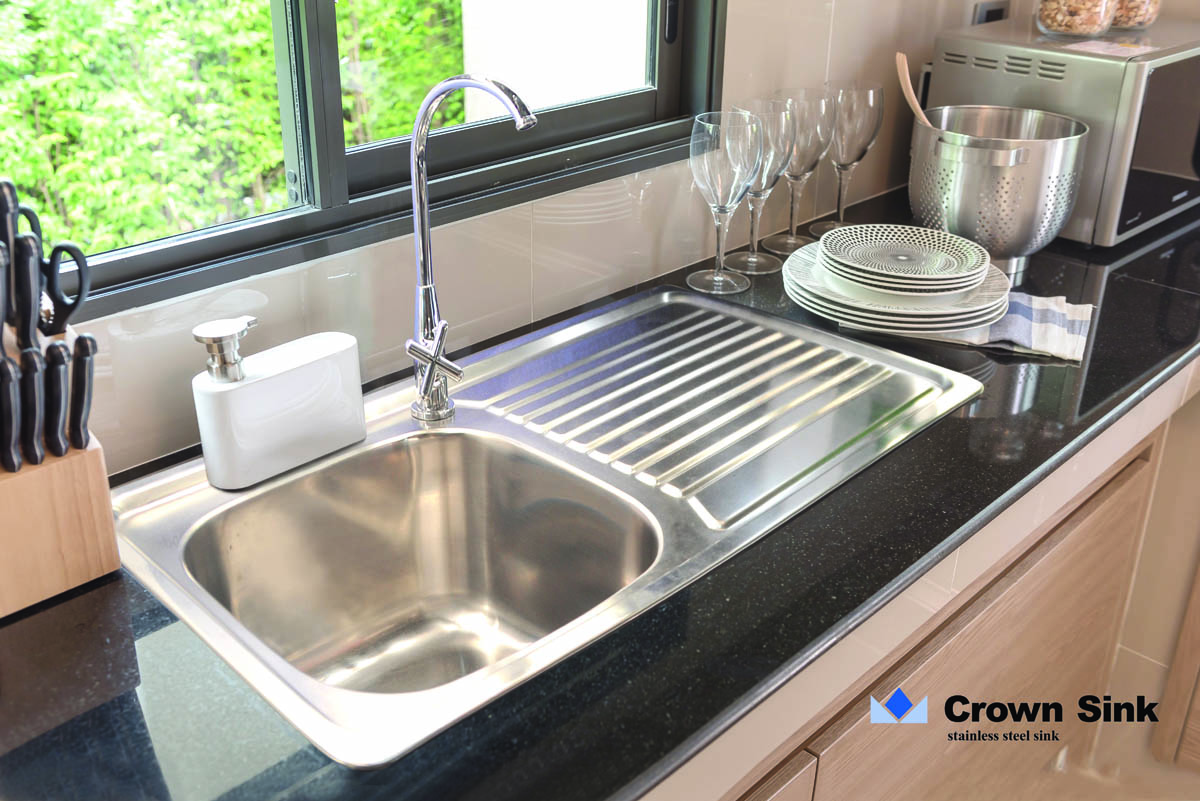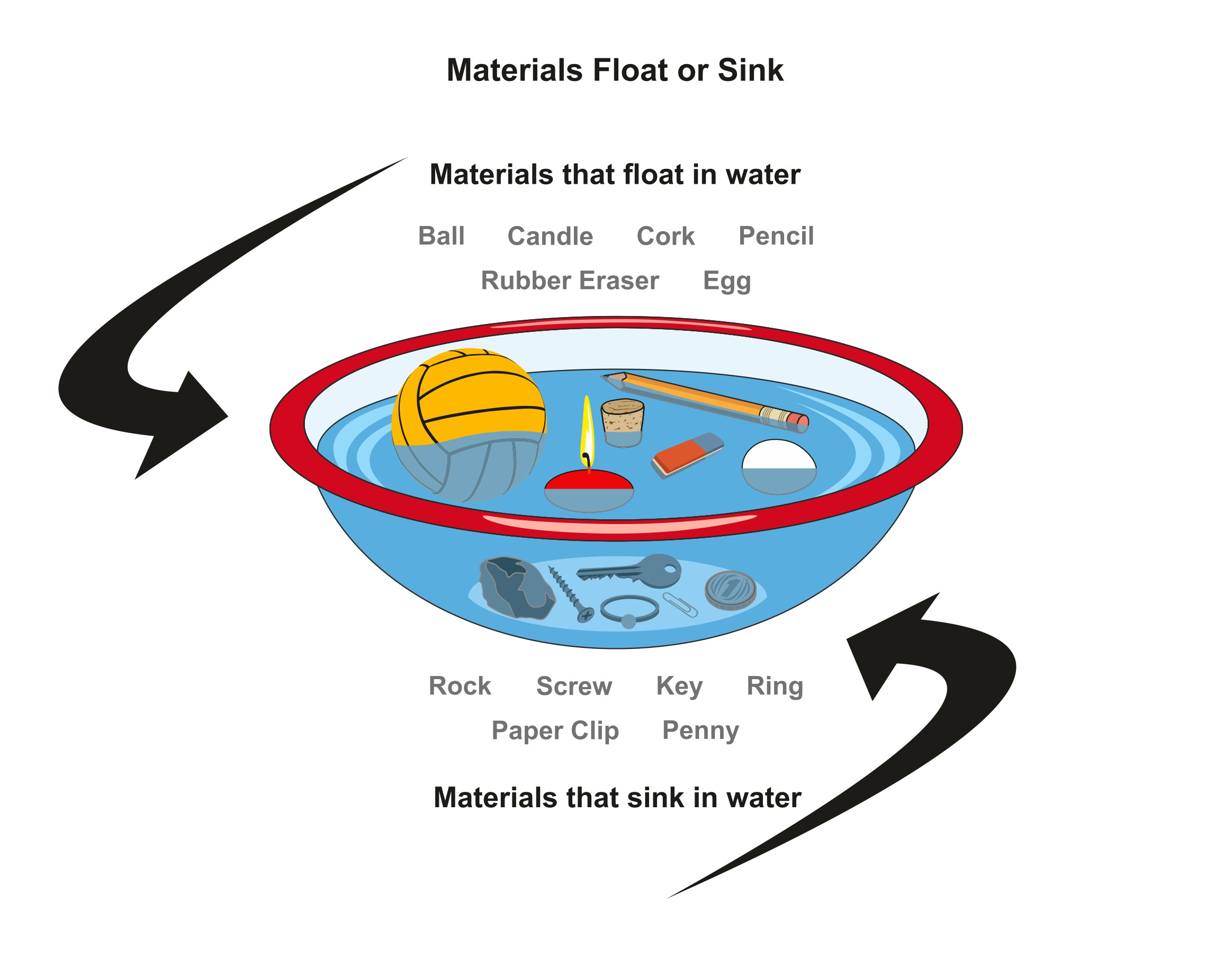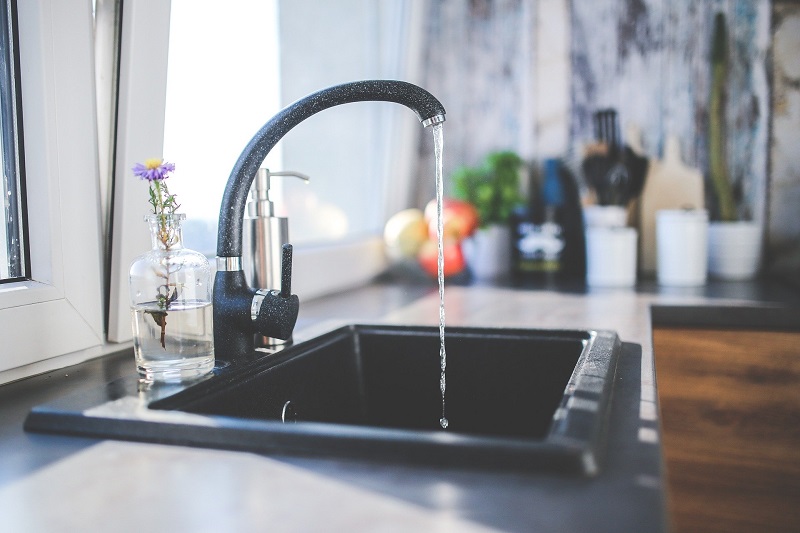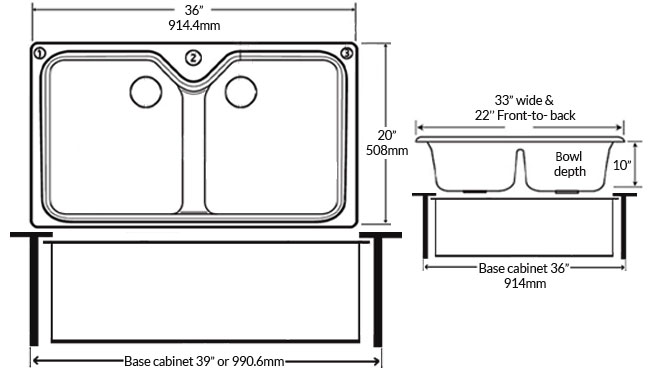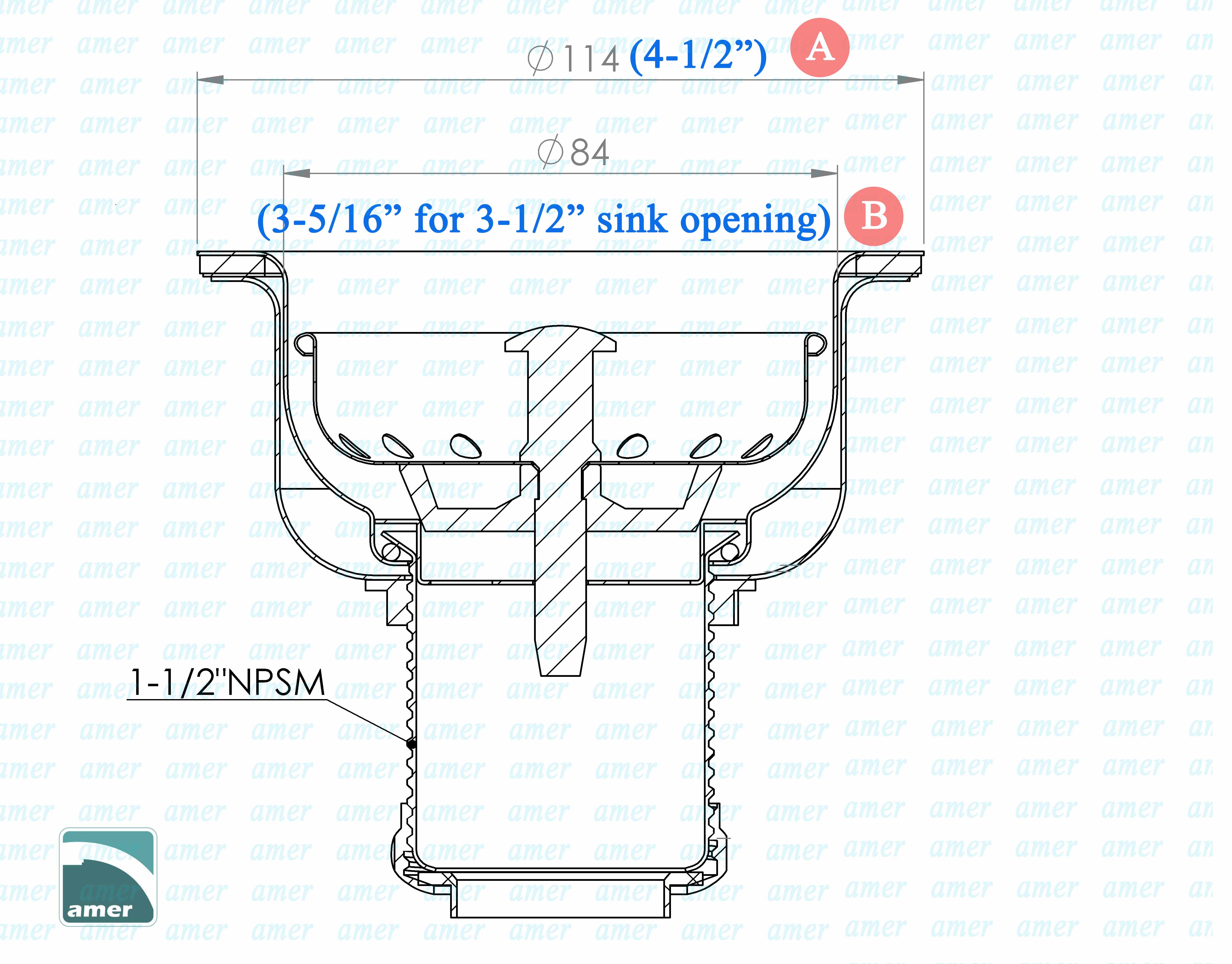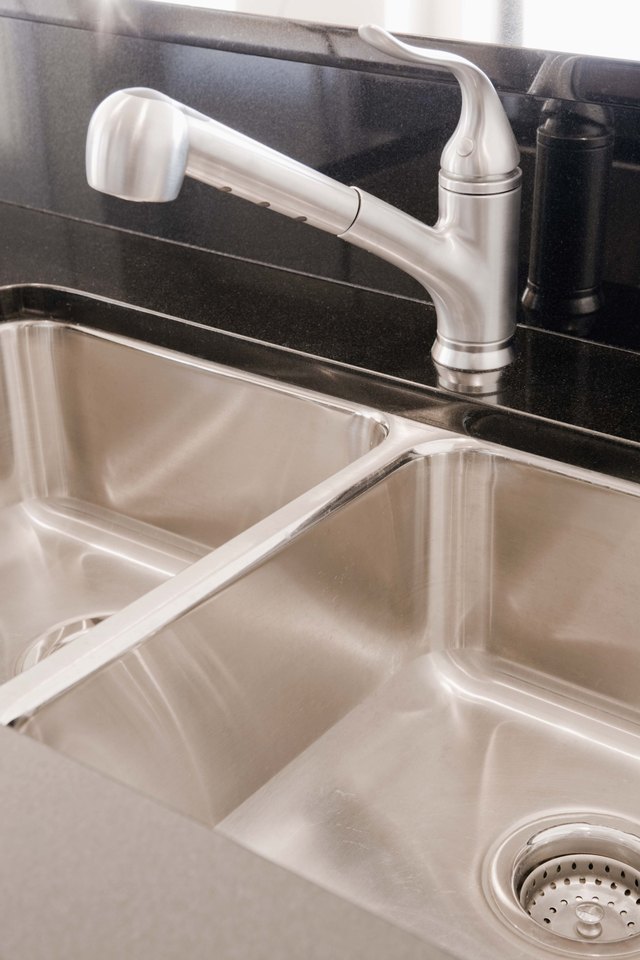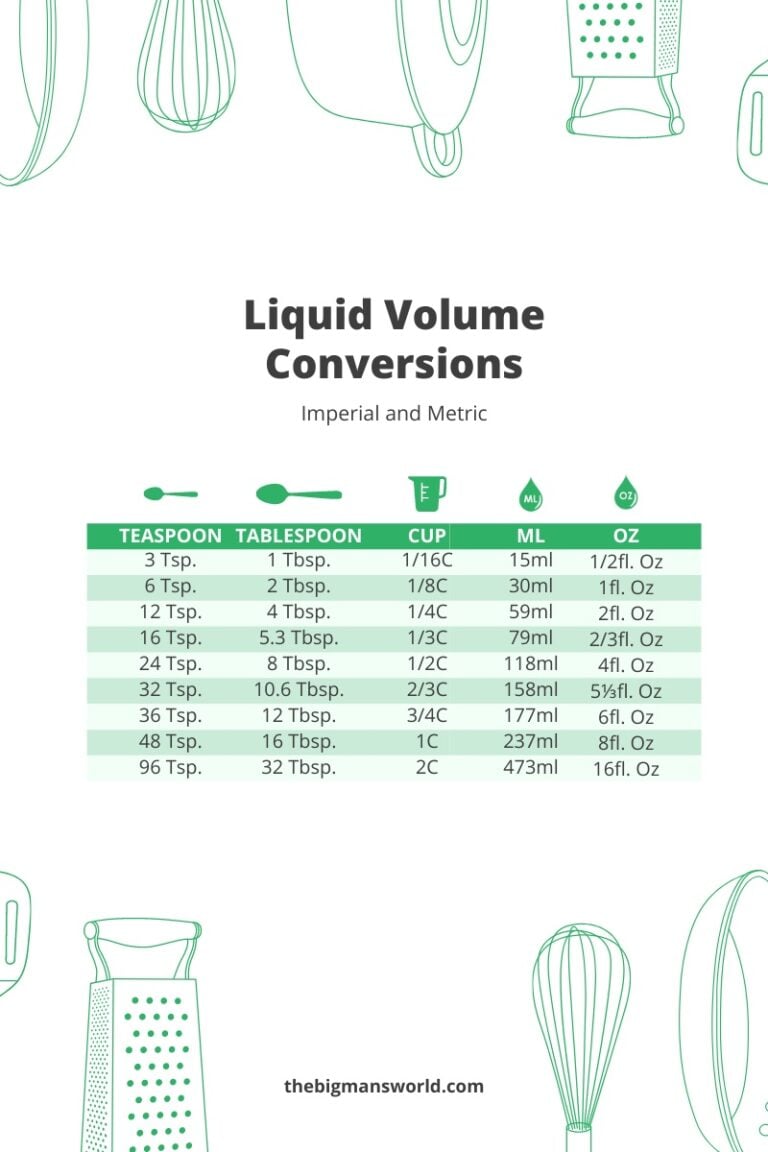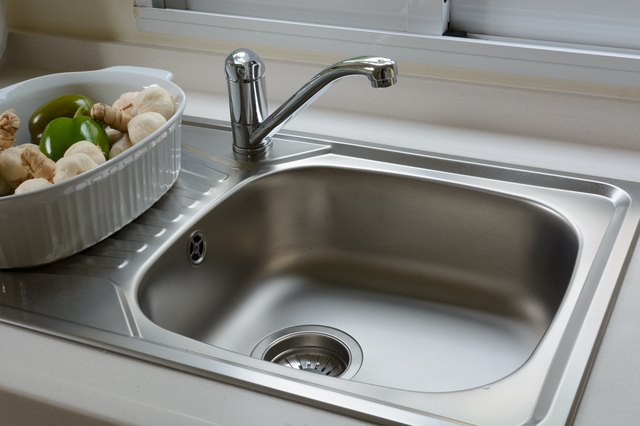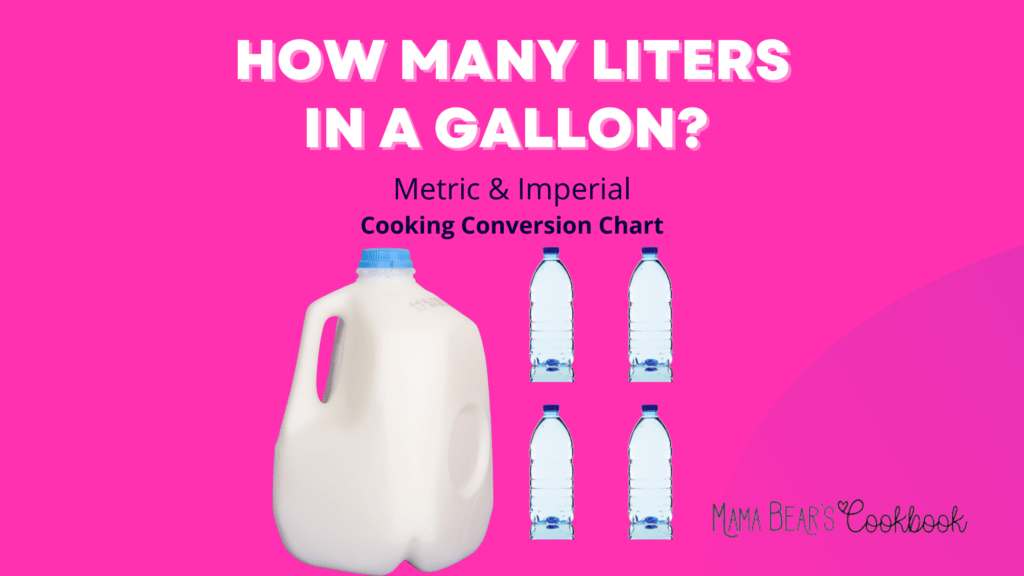When it comes to choosing a kitchen sink, size and capacity are important factors to consider. The size of a kitchen sink can greatly affect its functionality and the amount of space it takes up in your kitchen. In this article, we will explore the standard sizes and capacities of kitchen sinks, how to measure their capacity, and how to choose the right size for your needs.Standard Kitchen Sink Sizes and Capacities
The capacity of a kitchen sink is typically measured in liters. To determine the capacity of your sink, you will need to know its length, width, and depth. Using a measuring tape, measure the length and width of the interior of your sink in centimeters. Then, measure the depth of the sink from the bottom to the top of the rim. Multiply the length, width, and depth measurements together to calculate the volume in cubic centimeters. Finally, convert the volume to liters by dividing it by 1000.How to Measure the Capacity of Your Kitchen Sink
To make it easier to calculate the volume of your kitchen sink, you can use the formula: volume = length x width x depth. For example, if your sink measures 50 cm in length, 40 cm in width, and 20 cm in depth, the volume would be 40,000 cubic centimeters or 40 liters.Calculating the Volume of a Kitchen Sink
The average capacity of a kitchen sink can vary depending on the size and style. In general, the average capacity ranges from 15 liters to 35 liters. However, some larger sinks can hold up to 60 liters or more. It is important to consider your daily needs and the size of your household when choosing a sink with the right capacity.What is the Average Capacity of a Kitchen Sink?
The number of liters a kitchen sink can hold depends on its size and depth. Smaller, standard-sized sinks typically hold around 20 liters, while larger sinks can hold up to 60 liters or more. It is important to keep in mind that the stated capacity of a sink may not always be accurate, as it can vary based on the shape and design of the sink.How Many Liters Can a Kitchen Sink Hold?
There are a few key factors that can affect the capacity of a kitchen sink. These include the size and depth of the sink, as well as the material it is made of. For example, stainless steel sinks tend to have a slightly larger capacity than porcelain or ceramic sinks. The shape of the sink can also impact its capacity, as a round sink may hold less than a rectangular one of the same size.Factors That Affect the Capacity of a Kitchen Sink
When choosing a kitchen sink, it is important to consider your daily needs and the size of your household. If you have a large family or do a lot of cooking and dishes, a larger sink with a higher capacity may be a better option. However, if you have limited space or do not use your sink often, a smaller sink may suffice.Choosing the Right Size Kitchen Sink for Your Needs
The depth of a sink can greatly affect its capacity. To measure the depth of your sink in liters, use the formula: volume = length x width x depth. For example, if your sink has dimensions of 50 cm x 40 cm x 20 cm, the volume would be 40,000 cubic centimeters or 40 liters.Measuring the Depth of a Kitchen Sink in Liters
In some cases, you may come across kitchen sinks with capacities listed in gallons rather than liters. To convert gallons to liters, simply multiply the number of gallons by 3.785. For example, if a sink has a capacity of 10 gallons, its capacity in liters would be 37.85 liters.Converting Gallons to Liters for Kitchen Sink Capacity
To get the most out of your kitchen sink's capacity, there are a few tips you can follow. First, try to clear out any clutter or unnecessary items from the sink to free up more space. You can also invest in a sink strainer to prevent food debris from clogging the drain and taking up space. Additionally, consider using a dish rack or drying mat to stack dishes and utensils vertically to make more room in the sink.Tips for Maximizing the Capacity of Your Kitchen Sink
The Importance of Kitchen Sink Capacity in House Design
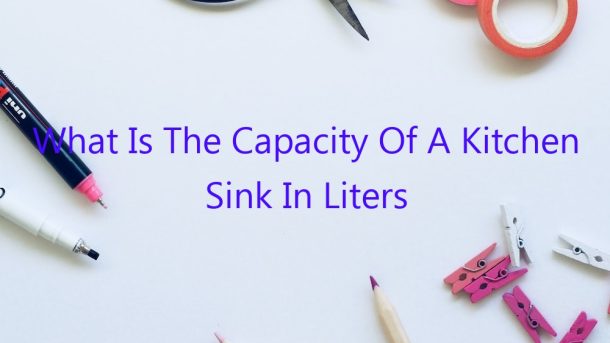
Designing a functional and efficient kitchen
 When it comes to designing a house, the kitchen is often the heart of the home. It is a space where we cook, eat, and gather with family and friends. Therefore, it is essential to have a well-designed and functional kitchen that meets our needs and enhances our daily lives. One crucial element that often gets overlooked in kitchen design is the
capacity of the kitchen sink in liters
. While it may seem like a minor detail, the size and capacity of your kitchen sink can make a significant impact on the overall functionality of your kitchen.
When it comes to designing a house, the kitchen is often the heart of the home. It is a space where we cook, eat, and gather with family and friends. Therefore, it is essential to have a well-designed and functional kitchen that meets our needs and enhances our daily lives. One crucial element that often gets overlooked in kitchen design is the
capacity of the kitchen sink in liters
. While it may seem like a minor detail, the size and capacity of your kitchen sink can make a significant impact on the overall functionality of your kitchen.
Understanding the importance of kitchen sink capacity
 The average kitchen sink capacity in liters can range from 20 liters to 100 liters, depending on the size and style of the sink. This capacity determines how much water your sink can hold at one time, and it is essential to consider when designing your kitchen. A larger capacity sink may be necessary if you have a large family or frequently cook and entertain. On the other hand, a smaller capacity sink may be suitable for a single person or a smaller household.
Proper water usage and conservation
is another crucial factor in considering the capacity of your kitchen sink. With the increasing focus on sustainability and eco-friendliness, it is essential to think about the amount of water we use in our daily activities. A larger sink capacity may lead to more water usage, while a smaller sink may encourage more conscious and conservative water usage.
The average kitchen sink capacity in liters can range from 20 liters to 100 liters, depending on the size and style of the sink. This capacity determines how much water your sink can hold at one time, and it is essential to consider when designing your kitchen. A larger capacity sink may be necessary if you have a large family or frequently cook and entertain. On the other hand, a smaller capacity sink may be suitable for a single person or a smaller household.
Proper water usage and conservation
is another crucial factor in considering the capacity of your kitchen sink. With the increasing focus on sustainability and eco-friendliness, it is essential to think about the amount of water we use in our daily activities. A larger sink capacity may lead to more water usage, while a smaller sink may encourage more conscious and conservative water usage.
The impact on daily tasks
 The capacity of your kitchen sink can also affect your daily tasks in the kitchen. If you have a large sink, you will have more room to wash larger pots and pans, and you may be able to soak dishes without worrying about overflowing water. However, a smaller sink may limit your space for washing and soaking, making these tasks more challenging and time-consuming.
Efficiency and convenience
are key factors in designing a functional and efficient kitchen. The right sink capacity can make a significant impact on how efficiently and conveniently you can complete daily tasks. It is crucial to consider your specific needs and habits when choosing the capacity of your kitchen sink.
In conclusion, the capacity of a kitchen sink in liters may seem like a small detail in house design, but it can have a significant impact on the functionality and efficiency of your kitchen. Consider your family size, water usage, and daily tasks when choosing the right sink capacity for your kitchen. With a well-designed and properly sized sink, you can enhance your kitchen experience and make daily tasks more manageable.
The capacity of your kitchen sink can also affect your daily tasks in the kitchen. If you have a large sink, you will have more room to wash larger pots and pans, and you may be able to soak dishes without worrying about overflowing water. However, a smaller sink may limit your space for washing and soaking, making these tasks more challenging and time-consuming.
Efficiency and convenience
are key factors in designing a functional and efficient kitchen. The right sink capacity can make a significant impact on how efficiently and conveniently you can complete daily tasks. It is crucial to consider your specific needs and habits when choosing the capacity of your kitchen sink.
In conclusion, the capacity of a kitchen sink in liters may seem like a small detail in house design, but it can have a significant impact on the functionality and efficiency of your kitchen. Consider your family size, water usage, and daily tasks when choosing the right sink capacity for your kitchen. With a well-designed and properly sized sink, you can enhance your kitchen experience and make daily tasks more manageable.
